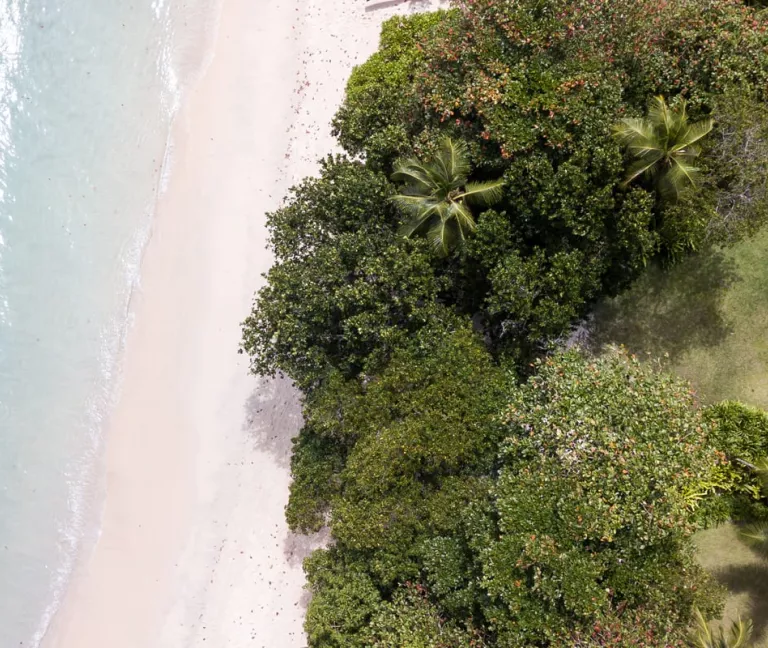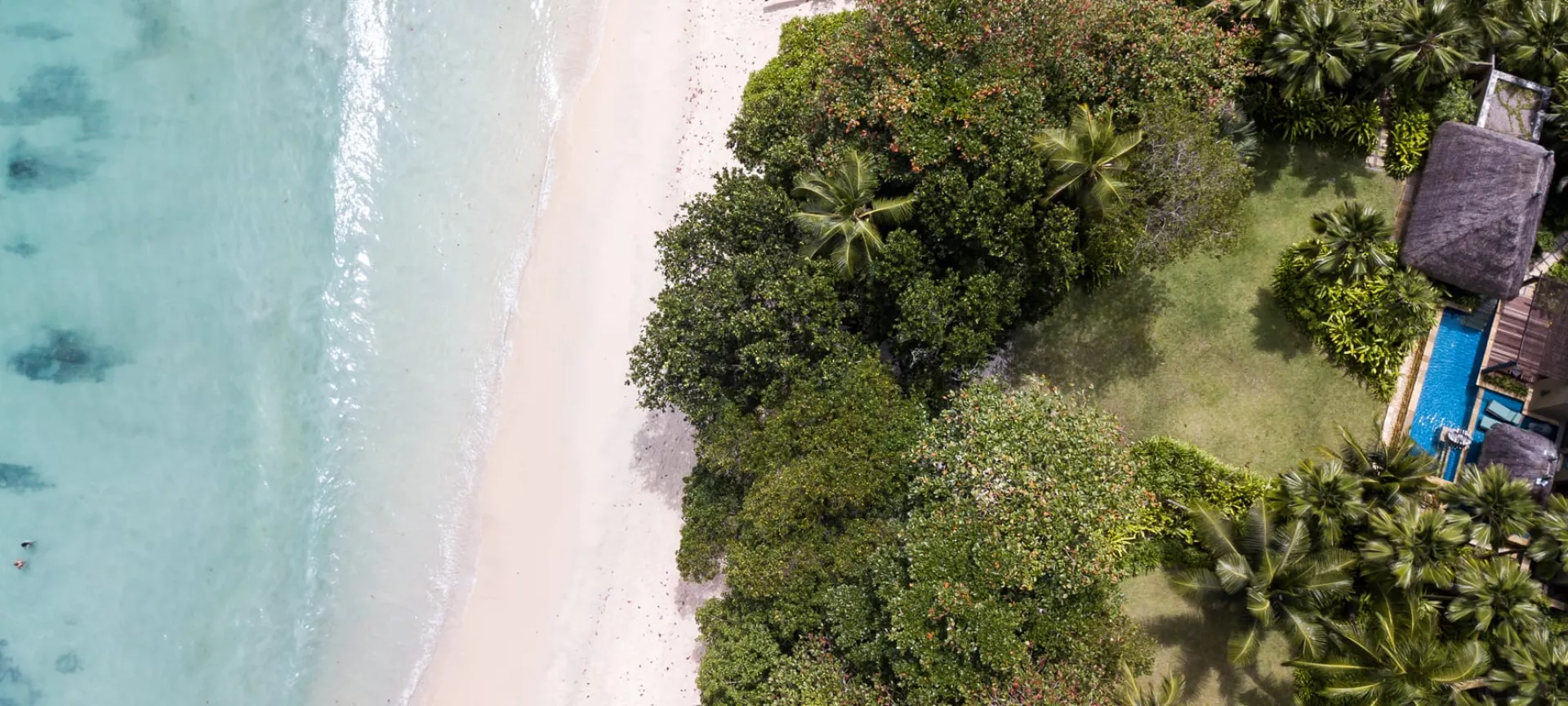
Our natural world is both intrinsically interlinked and perfectly balanced.
No matter how large or small, every species that inhabits our planet has an important role in sustaining the global ecosystem.
Going on safari is a wonderful way to discover how nature manages this balance first-hand. One of the great ways to really understand the finer details, and to help paint the ‘bigger picture’, is to learn about the interspecies relationships with your safari guide.
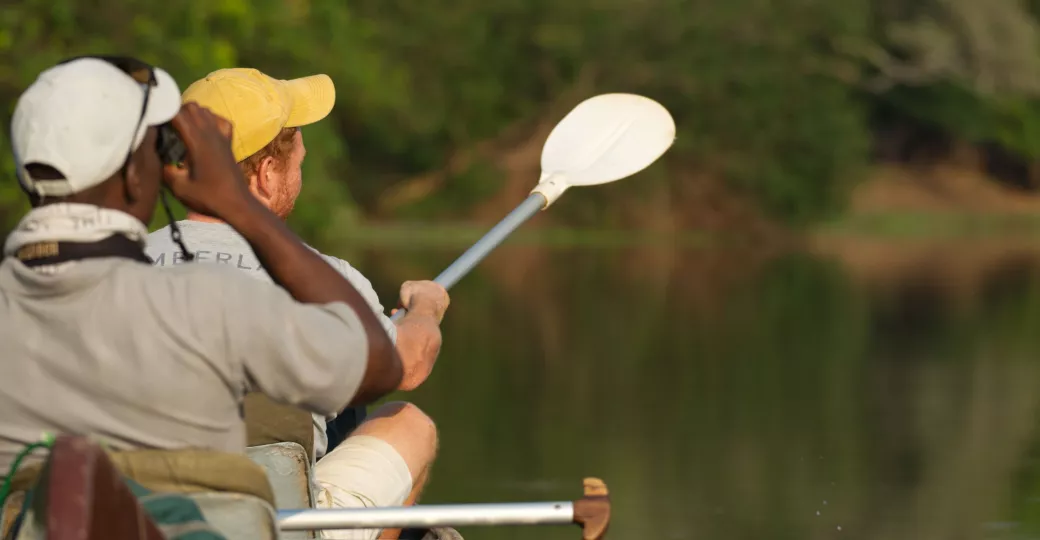
Canoeing safari from Chongwe River Camp, Zambia (James Handley)
'Symbiosis' is the scientific term that describes relationships between two or more dissimilar organisms (flora and fauna, or a combination of the two) in the world around us.
These relationships are often essential to the survival of the species, and are sometimes very difficult to identify if you don't know what to look for!
One famous relationship that you may be aware of is the one between clownfish and sea anemone. The clownfish provides nutrients and cleans the sea anemone, while the sea anemone protects the clownfish from predators. This is a form of Mutualism - both species benefit from the relationship.
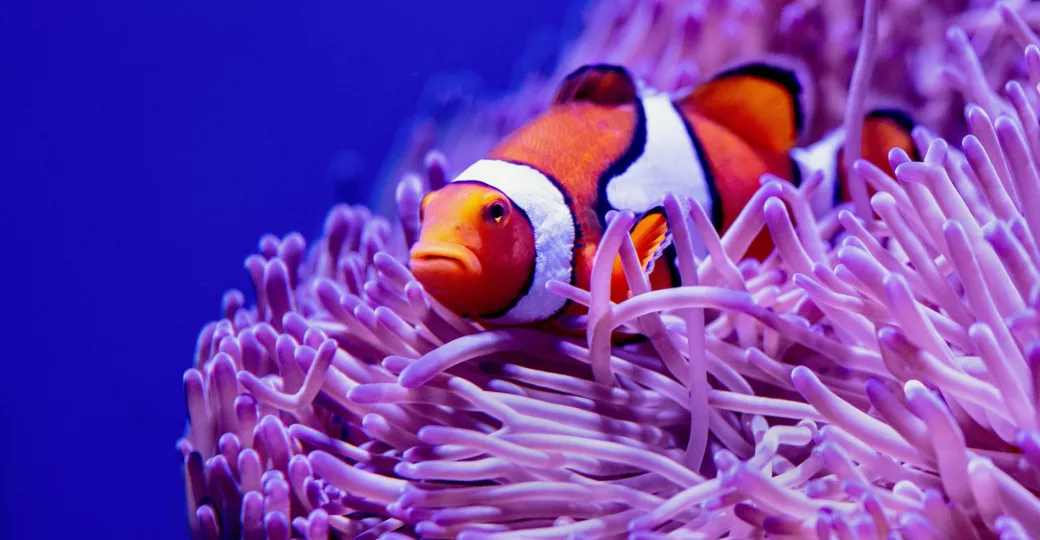
A clownfish staying safe from predators in a sea anemone (David Clode)
There are three main categories of symbiotic relationships. Not all are beneficial for both species, some can in fact be detrimental. Read on to find out more about the three categories:
--
Commensalism is the relationship between two species in which one partner benefits and the other is not harmed.
A good example of this that is easily seen while on safari is the relationship between cattle egrets and big game species such as buffalo. As the buffalo move through the bush, they disturb insects and flies which the egret will subsequently feed on. The birds take advantage of the buffalo to gain an easy meal, while the buffalo are not harmed in any way, and, most importantly, do not benefit from this particular relationship.
Another similar relationship can be witnessed between hippo and jacada birds. As seen in the image below, as the hippo moves through the weeds, it will disrupt insects that the jacada bird will quickly try to snap up:
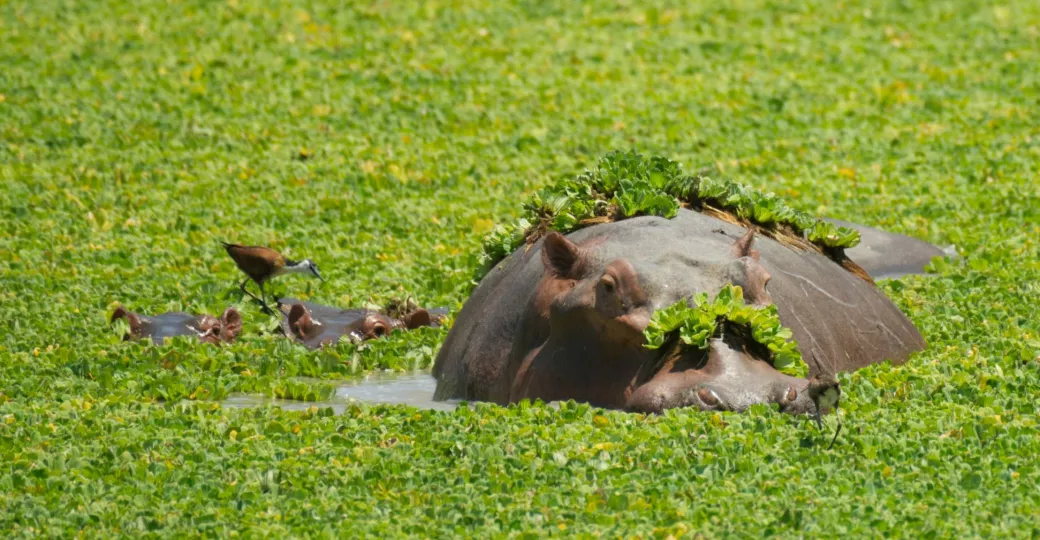
Hippo moving through the weed with a jacada bird on its head (James Handley)
Parasitism is where two organisms interact and results in one party benefiting while the other is negatively affected by the relationship.
A very interesting example of this is between cichlid and cuckoo catfish in Tanzania's lake Tanganyika. For several weeks after hatching, a mother cichlid uses her mouth as a mobile creche for her vulnerable babies. Cuckoo catfish take advantage of this by creating confusion and panic while the cichlid is spawning and laying their own eggs at the same time. The cichlid unwittingly collects several of the catfish eggs into her mouth and broods them obliviously alongside her own. The cuckoo catfish develop faster and hatch first. The catfish babies then either eat the cichlid in the mouth of their mother to be, or cause her to eject her babies prematurely! The result of this is that the catfish benefit from a better development, and the cichlid has far fewer, if not zero offspring. This form of parasitism is known as 'brood parasitism'.
You can probably gather why the cuckoo catfish is named so!
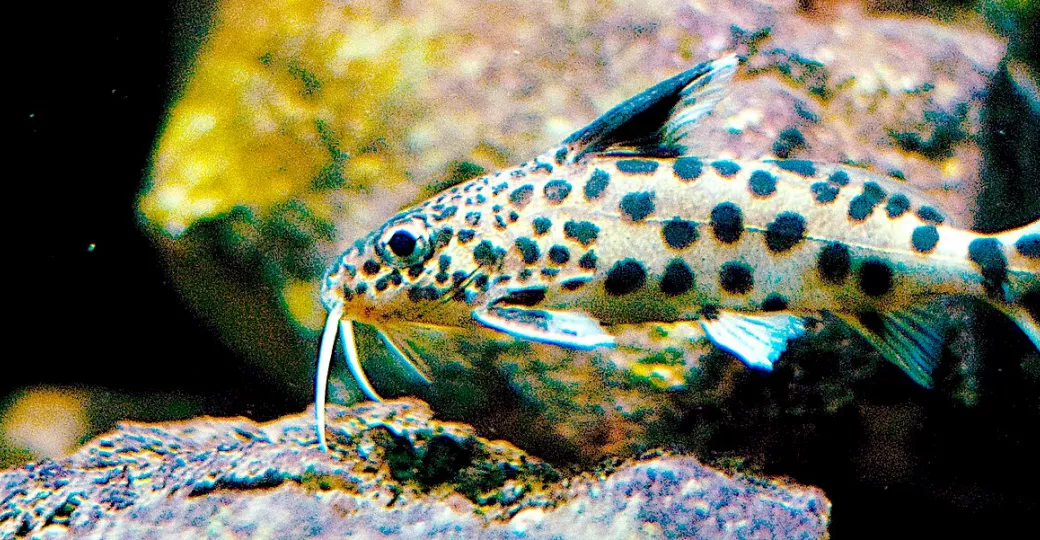
The cunning Cuckoo Catfish (Mario Rubio García)
Mutualism is the relationship between two organisms where both species benefit from the relationship.
One of the most well-known examples of this is the relationship between oxpecker birds and their mammal hosts. One often notices these little birds busily hopping around the bodies of animals such as giraffes, buffaloes and rhinos. The birds feed off the parasites that occupy the bodies of the larger mammal species, parasites such as ticks, fleas and mites that suck the animals’ blood. The birds are getting a meal from the animals and the animals are being cleaned of their parasites, a relationship that benefits both parties.
Interestingly, safari guides find animals such as elephants, buffalo and rhino by looking out for oxpeckers diving around through the bush.

A White Rhino with several red-billed oxpeckers (David Clode)
One other great example of Mutualism, and one that is always incredible to see when on safari, is the relationship between warthogs and mongooses. Warthogs will actively seek out gangs of mongooses and will lie down amongst them to allow the mongooses to nibble away at any parasites. Again the meeting is mutually beneficial to both parties - the warthogs receive a good clean, and the mongooses get a tasty meal (depending on how filthy the warthogs are...). Sadly, the relationship between Timon (a meerkat) & Pumbaa (a warthog) is purely fictional. Although it doesn't stop us getting very excited when we do see them together!
Finally, the honeyguide, a bird that loves to eat honey but can't access it when bee hives are hidden in trees, knows that humans have the ability to break into the hives. Whenever a honeyguide sees a human it will make a particular call to guide the human to the hive. The human will open up the hive to take some honey, but will always leave some for the honeyguide itself, as a thank you. This happened a lot in bushman times, but still happens today. In fact, Toby has himself been led to a bee hive by a honeyguide when on safari in Africa.
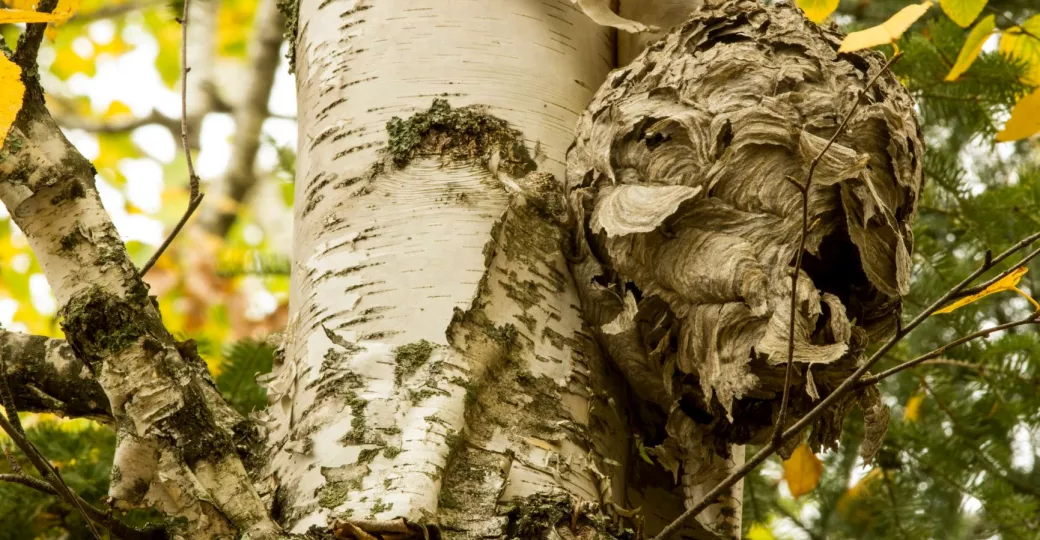
Bees nest in an African birch tree (Gary Fultz)
Another very important symbiotic relationship that occurs throughout the world, particularly for Africa, is the one between safari tourism and wildlife - both very much depend on each other for survival!
By visiting the wild and wonderful game reserves in which safari camps and lodges are located, you are actively contributing to their protection, and the employment of hundreds of individuals in the surrounding areas. Additionally, we go the extra mile by giving a portion of our profits each year to African Parks - a non-profit that is committed to the maintenance and development of existing wilderness areas, as well as identifying potential new areas to nurture for the generations to come.

James Handley
Born and bred in the South of England, James is Bonamy’s intrepid traveller. When not honing his skills in London over the last decade, he's spent much of his time on self-planned expeditions and a...
View profileNever miss a notebook entry with our newsletter

